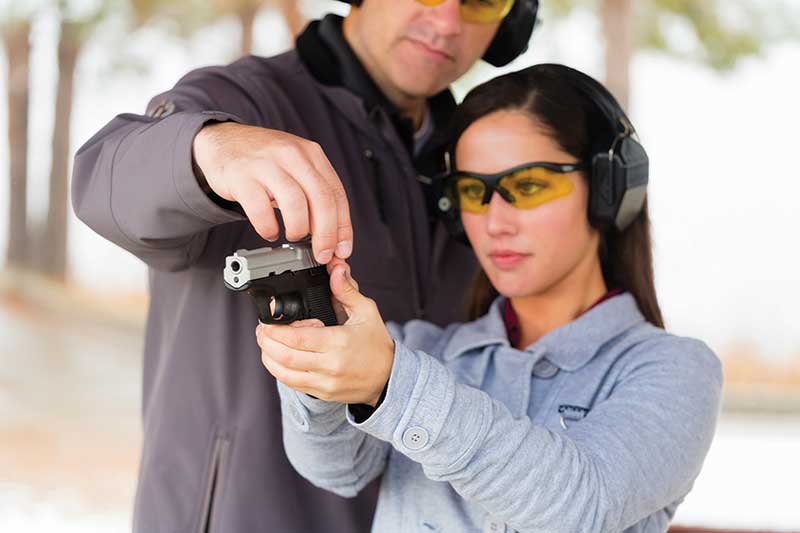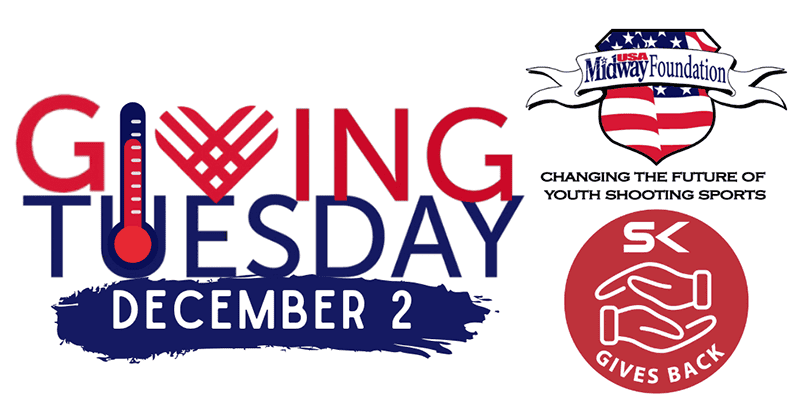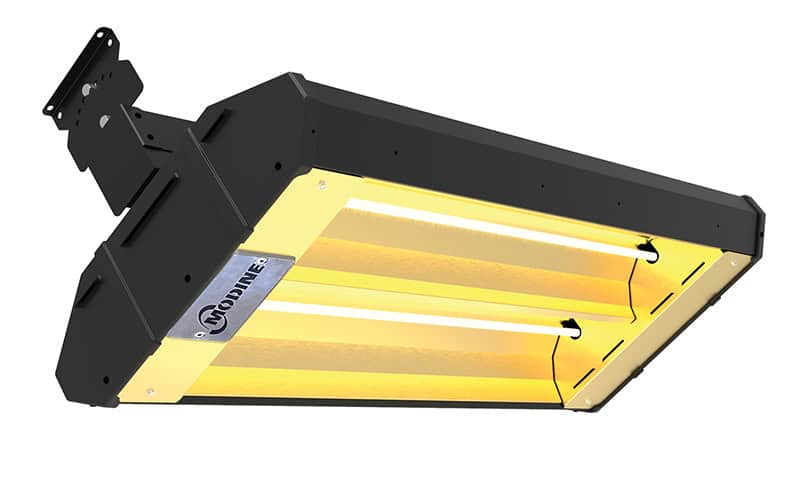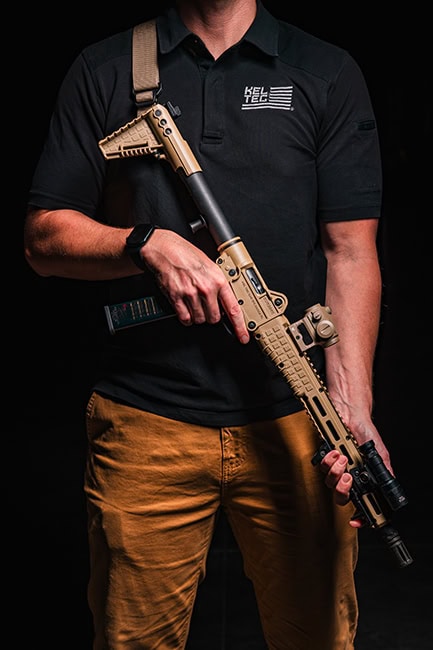The updated segmentation study identified five unique groups of firearms owners who had purchased a firearm from 2015 through 2020. While all segments have protection in mind when they made their most recent purchase, their motivations differ significantly in other ways, including intended recreational uses and more. We must stress the motivations women have for purchasing a firearm also differ widely, and no single persona accurately represents all women firearm owners.
Understanding the different personas making up the female firearm consumer market is critical if a company is to maximize its sales potential. Below are summary personas of three segments that embody a significant number of female owners:
What Segmentation
Research Tells Us
About Trends In The Female Market
Women remain a growing part of recreational shooting communities and continue to be a progressively important firearm customer. According to the National Sporting Goods Association, more than 8 million women participated in the shooting sports in 2019, which is more than the population of 38 individual states. In this same study, more than one-quarter of target shooting participants were women, with the largest portion being 25–34 years old.
As the pandemic of 2020 unfolded and record numbers of Americans stepped outside to enjoy recreational activities, early indications are hunting and shooting participation increased, as well. Preliminary numbers released by a coalition of trade associations and state resource agencies show by mid-year 2020, first-time buyers of hunting licenses spiked, driven primarily by women — up 47% from the same time in 2019.
Update To 2016 Study
In 2016, Southwick Associates partnered with NSSF to conduct the first segmentation study of firearms owners. This groundbreaking study segmented firearms owners who had purchased a firearm since 2000 based on their motivations for owning a firearm rather than their demographic characteristics or how they use their firearm. Considering the rapid growth and apparent shifts in firearm ownership since the original study, in 2020, Southwick Associates on behalf of the NSSF updated this segmentation study to better understand today’s firearm consumers.
In this updated study, women accounted for 39% of firearm purchasers since 2015, compared to 30% from the prior study. This equates to roughly 13.3 million female firearm purchasers in the past six years — more than the population of Illinois, the nation’s fifth-largest state. In addition, nearly one-third of women who had purchased a firearm since 2015 indicated it was their first firearm, and of those, just under one-quarter purchased in 2020.
“The motivations women have for purchasing a firearm also differ widely, and no single persona accurately represents all women firearm owners.”
Persona 1: Prepared For the Worst (44% Female)
Prepared for the Worst wants to gain a sense of security. While not feeling unsafe, they want to be ready to handle any dangerous situation. Target shooting is for developing firearm skills, confidence and empowerment — not for fun or excitement. They’re motivated to purchase by family and friends and a desire to rely on themselves and to be in control.
Prepared for the Worst will shop for the right firearm and will try multiple firearms and multiple retailers prior to making a purchase. They value concealability and light weight above all else. First-time buyers represent 27% of this segment.
Persona 2: Urban Defender (43% Female)
The most urban persona, the Urban Defender’s desire to own a firearm is frequently borne from their own or others’ bad experiences. They fear further sales restrictions and are often encouraged to purchase a firearm by those close to them. The fun and social aspects of firearm ownership are not of interest, but developing shooting skills and building confidence are.
When asked why they want a firearm, they state they want to rely on themselves for protection and don’t trust others around them. The Urban Defender values lighter weight and concealability, while also looking for innovation or new technology in their purchase. This is the fastest-growing segment since the first segmentation study conducted in 2016, and one-fifth are first-time buyers.
Persona 3: Family Guardian (42% Female)
Safety — both at home, and away from home — is the primary motivation to purchase, especially before any potential sales restrictions of the Family Guardian. A sense of independence, confidence and empowerment are reasons for ownership among this mostly suburban segment.
The Family Guardian has a slightly lower rate of target shooting participation compared to other personas, and a lower level of interest in developing their shooting skills. Quality and reliability are key drivers in their firearm purchase. Just under one-quarter of this segment bought their first firearm in the past six years.
Other Trends
As more women come into gun ownership and the shooting sports, some of the new owners may not be as knowledgeable as those who grew up around firearms or have had previous experience.
While semi-automatic handguns are the most popular firearm purchased, the study showed women favored revolvers compared to men. They purchased revolvers roughly eight percentage points more frequently.
In addition, women were more likely than men to describe their firearms knowledge as basic — providing some insight into the preference for a revolver, which is often seen as a simpler firearm to use.
Be A Welcoming Presence
We all need to remember the unprecedented sales of 2020 have brought in many new owners, and it’s up to all of us to welcome them and provide any training or mentoring we can to ensure safety and growth in their knowledge.
These persona descriptions and information shared here are just a small portion of what will be available later this year.
Soon, Southwick Associates will launch the second phase of the segmentation research to gather more in-depth insights regarding each persona’s detailed purchase journey, information sources and touchpoints and product preferences. Until then, stay tuned.
Nancy Bacon is Southwick Associates’ VP of business development, working on behalf of its private-sector clients. Bacon has more than 25 years of outdoor industry research experience.







